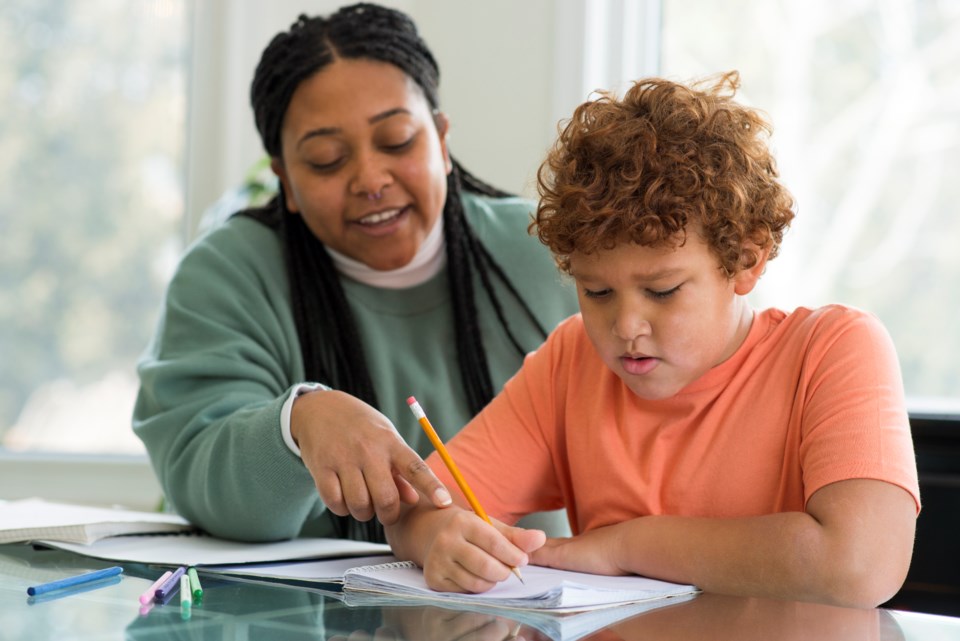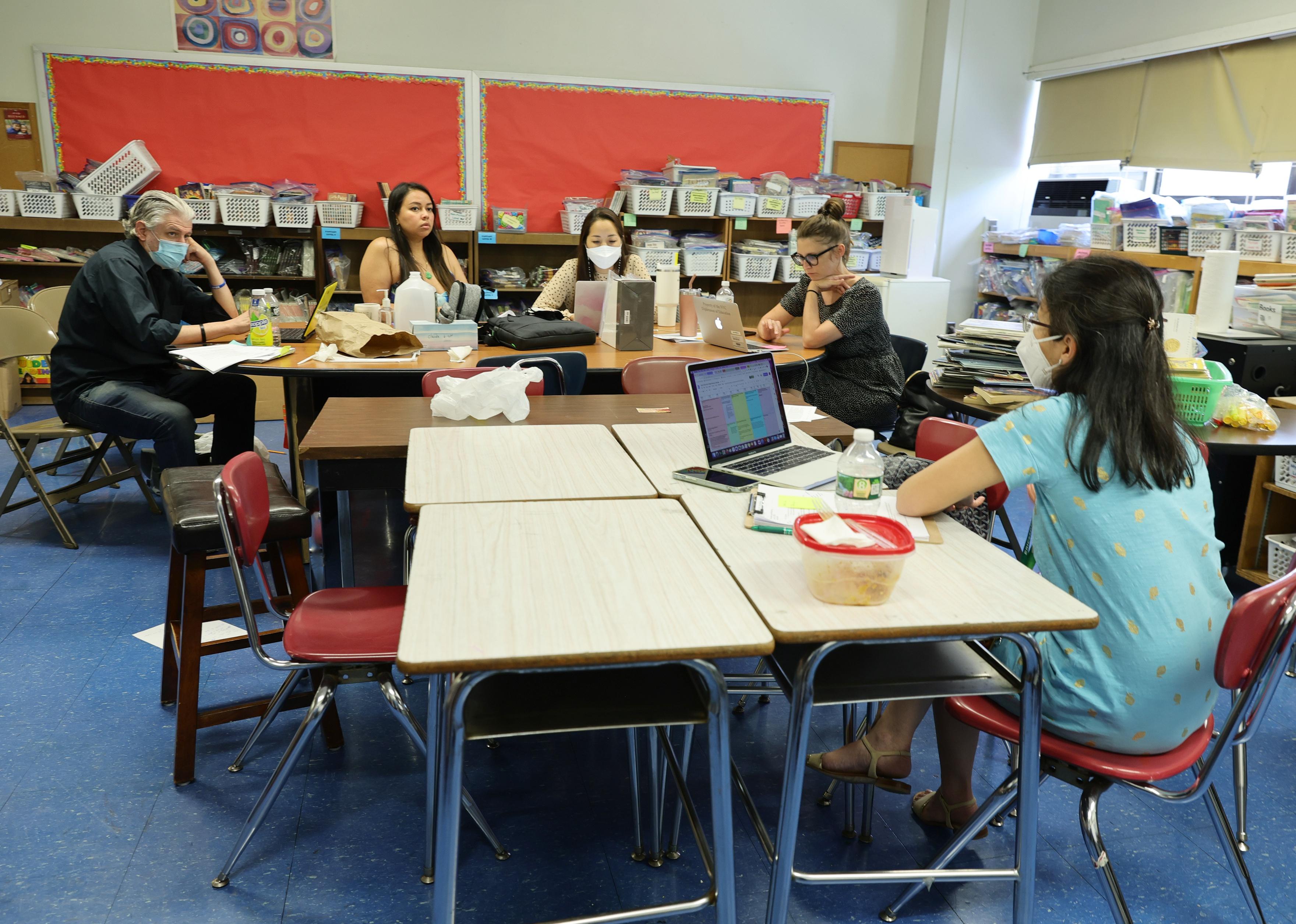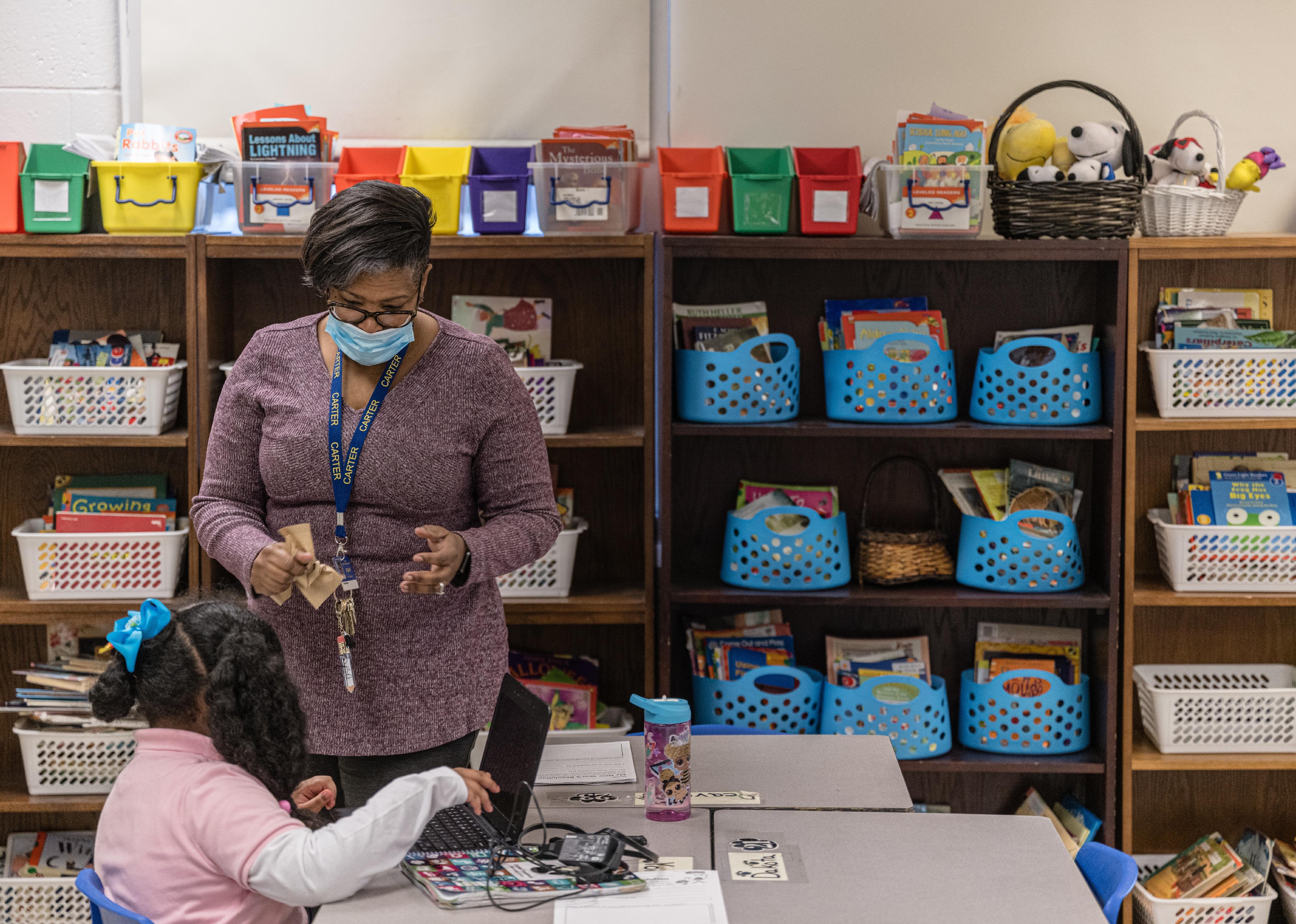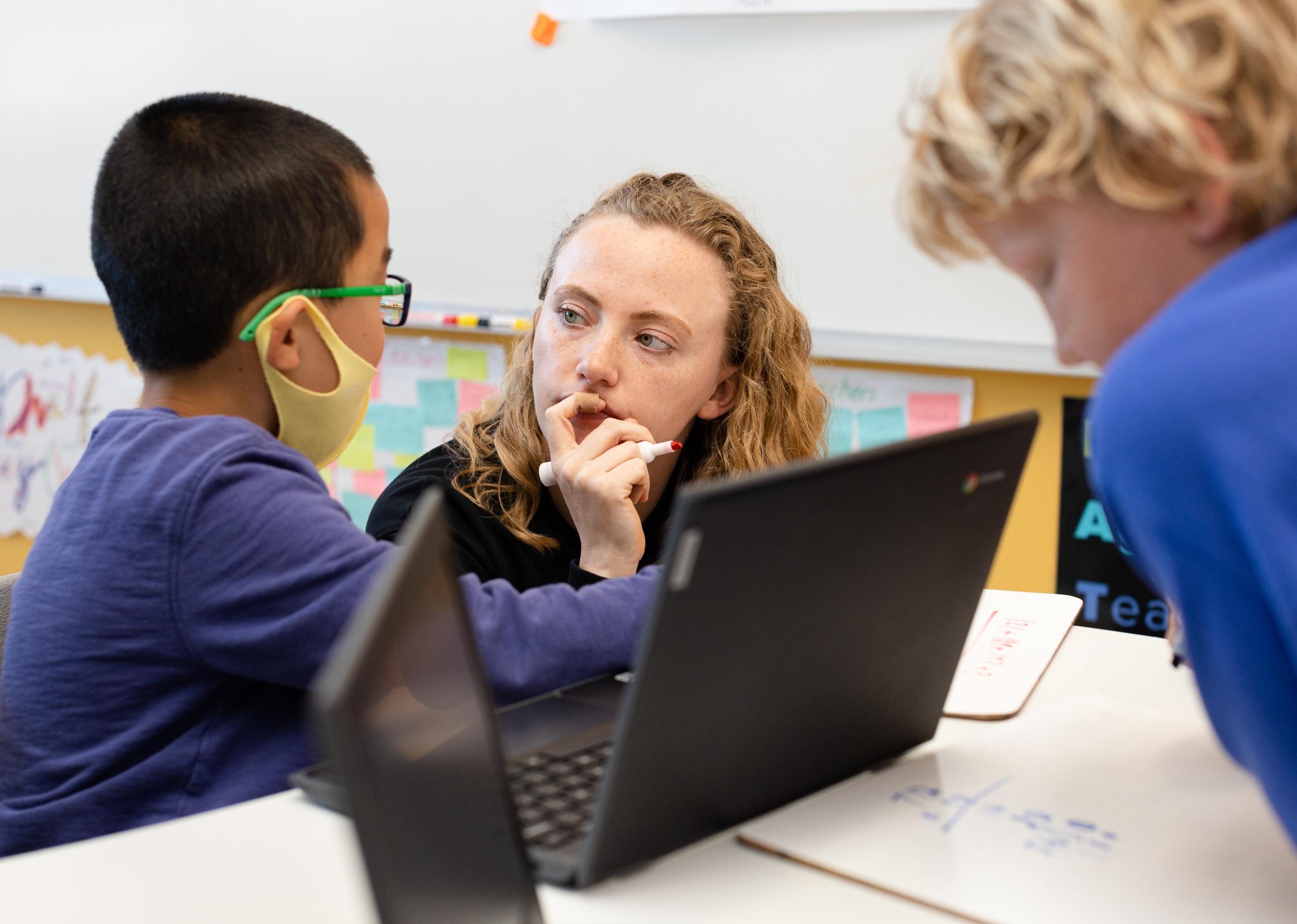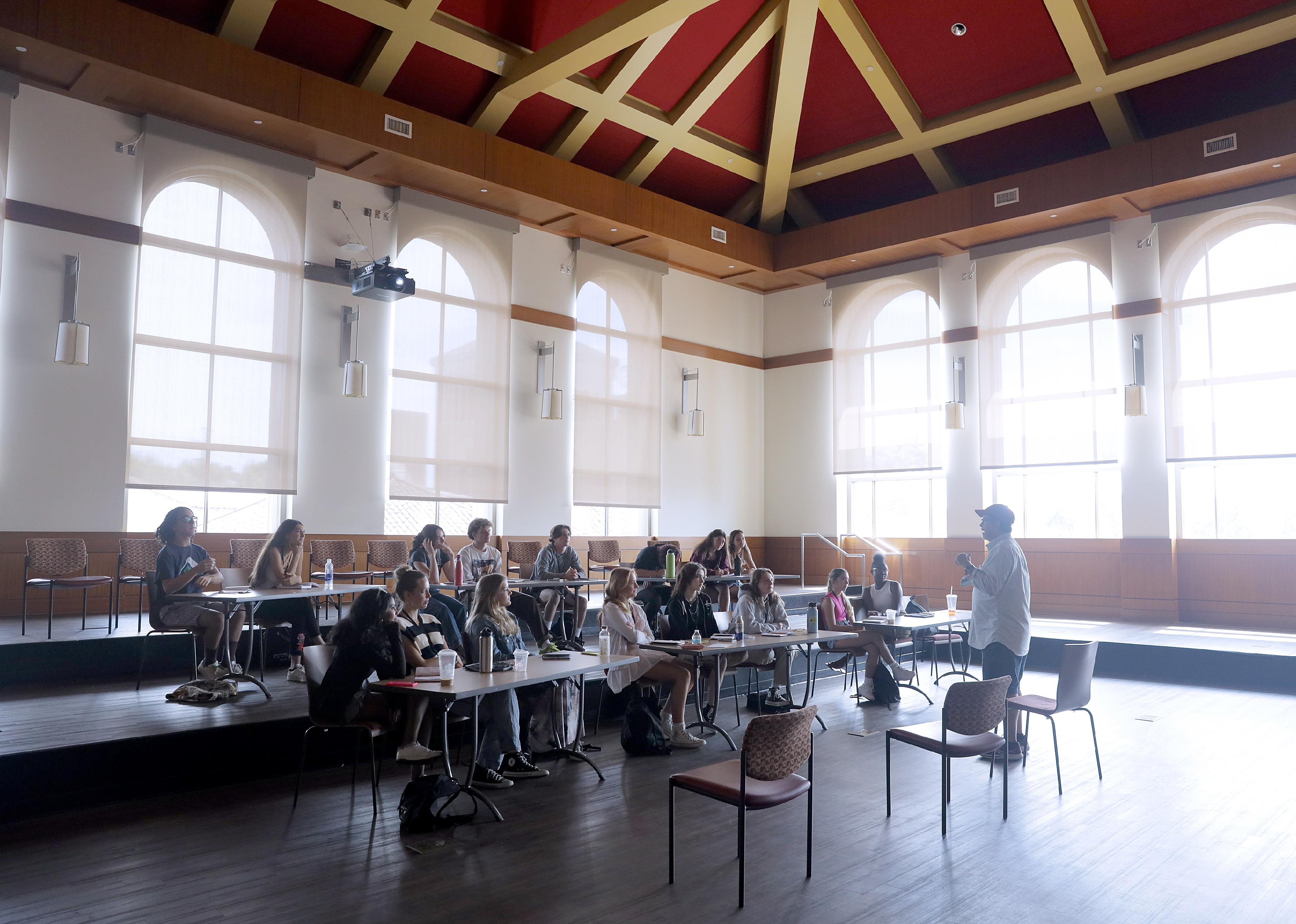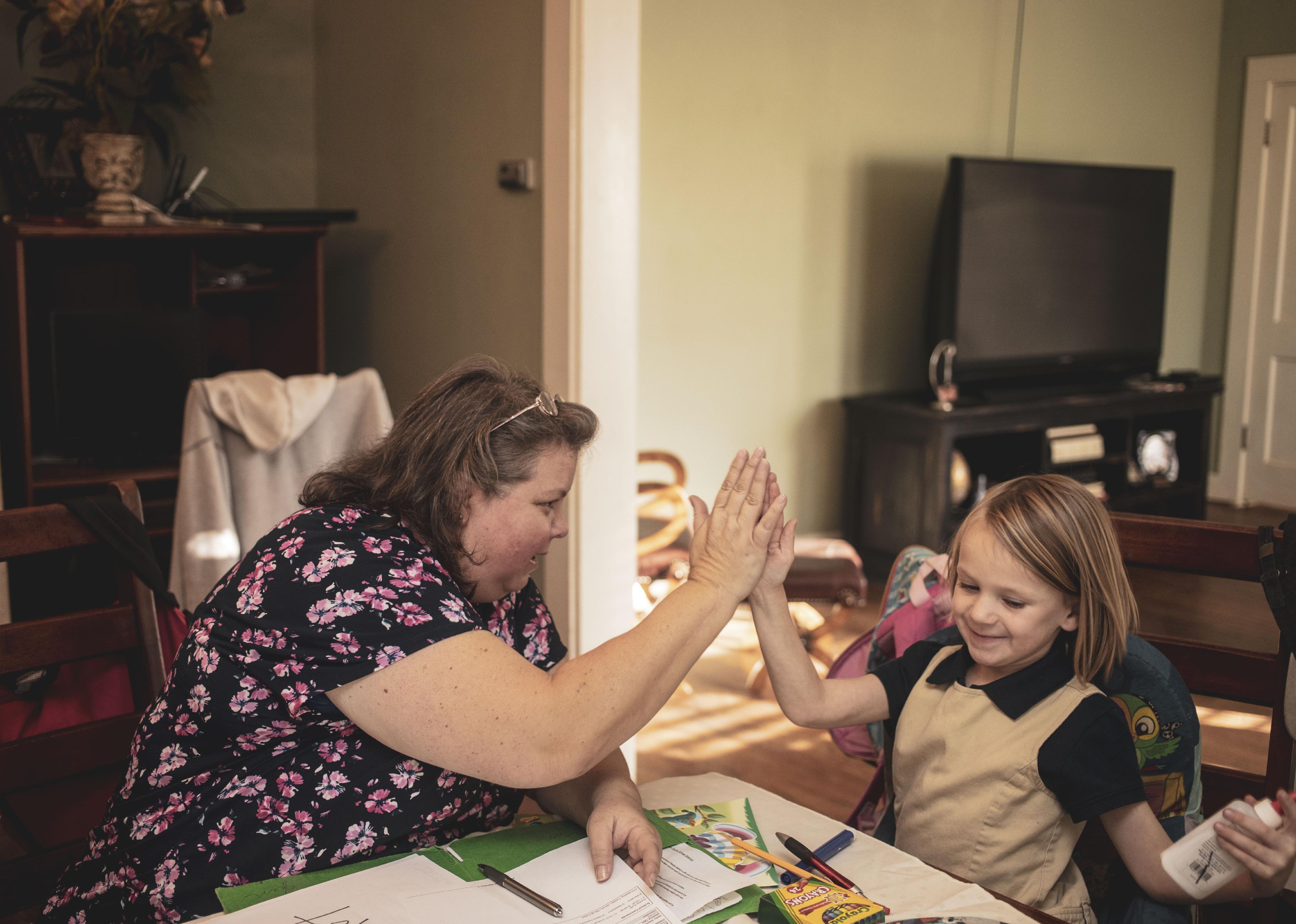The COVID-19 pandemic proved to have an undeniable, lasting impact on the learning outcomes for students of all ages. School closures, hasty transitions to remote learning, and isolated learning environments have resulted in a significant drop in average math and reading test scores for grades 3 through 8 compared to pre-pandemic scores. In fact, the average K-12 student has fallen behind by half a school term's instruction in math and a quarter of a school year in reading.
Such abrupt changes also prompted a more troubling, systemic-level observation: Test score gaps between high- and low-poverty schools widened. These trends are persisting beyond the end of pandemic-related changes, prompting educators to implement intervention strategies to help compensate for the academic losses over the past three years.
A McKinsey analysis suggested that the average lifetime earnings loss for those who received their primary education during the pandemic will range between $49,000 and $61,000 per person—but not all hope is lost. One way parents and students can mitigate pandemic-induced shortcomings is by hiring a tutor or employing alternative learning methods.
Using a variety of academic papers, studies, educational resources, and news publications, HeyTutor compiled information about five types of in-person tutoring and learning methods.
Small group tutoring
Small group tutoring is an educational approach especially suited for students who would benefit from improving their social skills. In fact, studies show that the quality of small group tutoring hinges on the skill level of participants involved more than the methods they use.
Additionally, the group's success is also dependent on their collective well-being andability to further develop their personal communication skills. This includes questioning, listening, and responding. The nature of small group tutoring also enables teachers to customize their lessons to meet the learning needs and pace of the group, all while bringing additional oversight into the group's interpersonal dynamics.
Private tutoring
While one of the more costly tutoring options, private tutoring offers students a greater variety of benefits. Students who regularly attended private tutoring sessionsdemonstrated more motivation and positive attitudes towards learning in addition to improved academic performance.
The degree to which private tutoring impacts student performance may change, however, depending on the academic subject and the starting skill level of the student. According to a 2013 Columbia University study, middle school students in Korea benefited most from private tutoring for English and math. Additionally, students who started at lower skill levels demonstrated greater degrees of improvement in terms of engagement in school.
Exam-specific tutoring
Exams like the SAT and ACT can have significant implications for the future educational career of a student, and therefore can sometimes warrant some extra help in preparation. Exam-specific tutoring is ideal for college-bound students who could use help identifying areas for improvement. Students who received at least 20 hours worth of tutoring for the SAT from the free resource Khan Academy improved their scores by an average of 115 points. This score increase held steady across all measured demographic variables. Such training can also improve students' general study skills and spark academic improvement in other classes.
Learning centers
Learning centers are educational facilities that employ active learning as their primary method of instruction. Active learning is a teaching method that relies heavily on student involvement in activities as opposed to listening to a lecturer and taking notes and is typically self-directed. During a 2019 study at the University of California,students performed better on tests after engaging in active learning sessions as compared to the traditional lecture format.
However, the average student believed they were learning more during lectures. This is because active learning sessions typically require more effort from the students, which can make them feel as though they are having a harder time grasping the concepts. Therefore, it's important for learning centers to emphasize achievement and establish clear, defined objectives to ensure students remain confident in their learning.
Parental involvement
Even before a child enters school, their parents' level of involvement in their learning can predict future success. Students from families who emphasize literacy in early childhood years demonstrate superior verbal and reading skills in school, according to the Global Family Research Project. In middle and high school, students with parents who monitored their academic success were less likely to be delinquent and enjoy more robust social lives.
However, it is very important for parents to practice self-awareness and avoid overburdening their children with oversight. Parental over-involvement is linked with less self-regulation in kindergartners, as regularly interfering in a child's learning process can prevent them from practicing learning strategies on their own.
This story originally appeared on HeyTutor and was produced and distributed in partnership with Stacker Studio.

